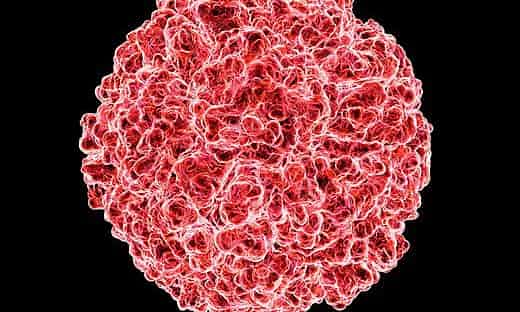A new chemical compound manages to avoid infection by influenza
Scientists working on human cells have found a new way to fight the flu virus, although a cure is far away.

It is an enigma that has perplexed scientists for centuries, but now researchers say they have taken a tempting step forward in the quest to fight the common flu.
The scourge of the workplace, home and school yard, the common flu is caused predominantly by the rhinovirus. But attempts to thwart the pathogen through vaccination or antiviral drugs face a number of difficulties, among other things because the virus comes in many forms and can mutate rapidly and lead to drug resistance.
But now scientists say they have discovered a way to eliminate the virus that one day could help those suffering from diseases such as asthma and cystic fibrosis, for whom a cold is not simply a nuisance, but a serious risk to health.
The trick, say the authors, is to develop drugs that interact with one of the enzymes within our cells, an approach that makes it harder for the virus to become resistant to drugs.
"Viruses kidnap infected people to make more copies of themselves. This enzyme is one of the host enzymes that the virus sequesters, "said Roberto Solari, visiting professor at the National Heart and Lung Institute, Imperial College London, and co-author of the study.
The team says that the molecule they created seems to completely prevent the virus from replicating, whether it is added one hour before, one hour after or at the same time the cells are infected, and that it remains effective up to three hours after infection. . It was also found that the approach prevents the replication of other viruses of the same family as the rhinovirus, including polio and foot-and-mouth disease.